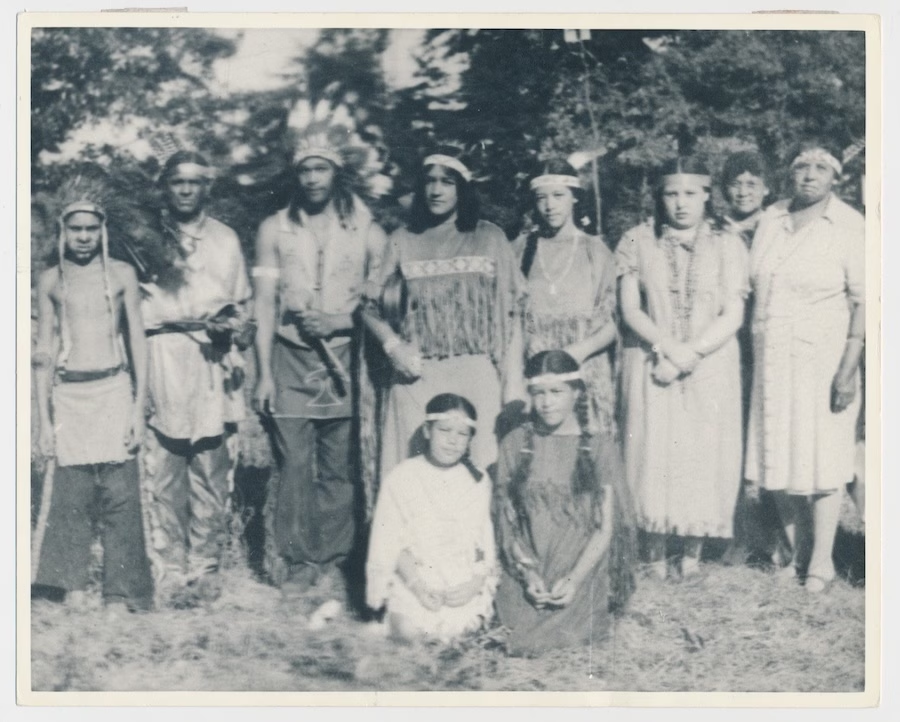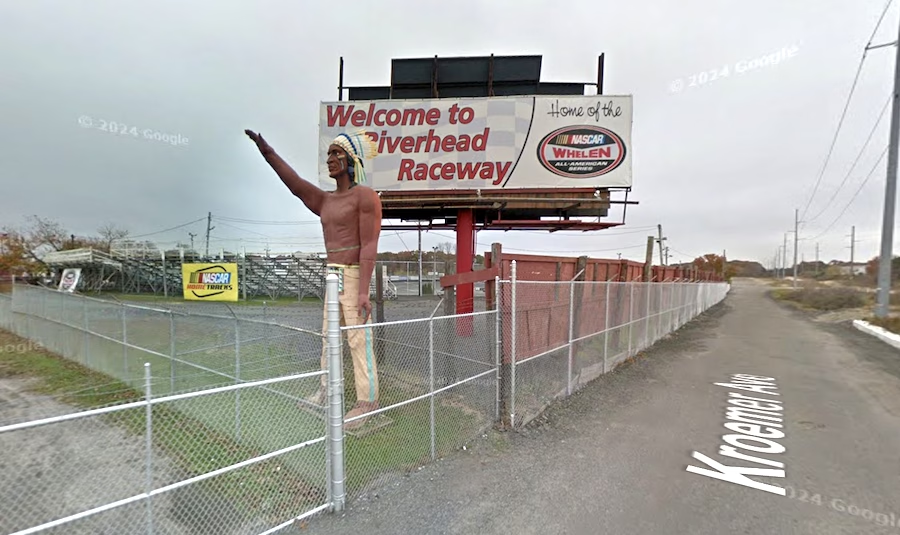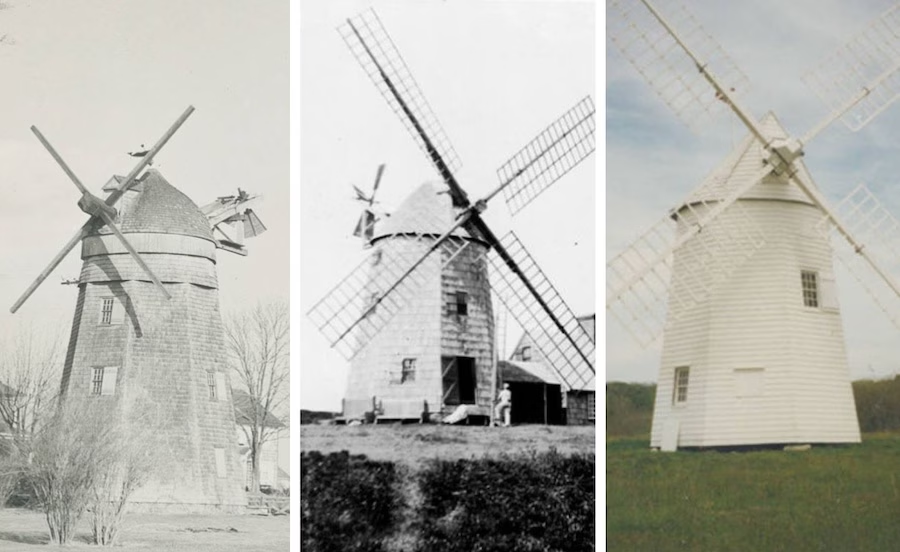Long Island’s rich history begins with its first inhabitants: the Native American tribes who shaped its landscape and culture long before European settlers arrived. Their legacy is woven into the very fabric of Long Island, from place names to preserved traditions.
Although these tribes shared a common language, culture, and system of governance, they maintained distinct identities. The individual tribes were connected under the leadership of an inter-tribal chief, or sachem, fostering a sense of unity despite regional differences.
The 13 Native American Tribes
The tribes often described as the “13 tribes of Long Island” reflect the region’s early history, though this number may not be definitive. As Shinnecock artist and historian Jeremy Dennis explains on his website On This Site, “There is considerable confusion even concerning the thirteen that most historians mention.” Historians often categorize them into these groups:
- Canarsie – Occupied western Long Island, including present-day Brooklyn.
- Rockaway – Centered around modern-day Rockville Centre and extending west to Rockaway Beach.
- Merrick – Lived near the Great South Bay, once dominated by the Massapequas.
- Massapequa – Controlled land along the south shore from Seaford to Islip.
- Matinecock – Spanned the north shore from Flushing Bay to the Nissequogue River.
- Nissequogue – Covered the area from the Nissequogue River to Stony Brook.
- Setauket – Occupied the region from Stony Brook to Wading River.
- Corchaug – Controlled the northern fork from Wading River to Orient Point.
- Secatogue – Lived along the south shore between Islip and Patchogue.
- Unkechaug – Located on the south shore from Patchogue to Westhampton.
- Shinnecock – Dominated the southern fork from Westhampton to East Hampton.
- Montaukett – The most powerful tribe, ruling from East Hampton to Montauk Point.
- Manhanset – Occupied Shelter Island and nearby smaller islands.
A Legacy Preserved
Jeremy Dennis’s On This Site project explores the deep history of Long Island’s Indigenous peoples through photography and storytelling. His work creates a dialogue between Indigenous and non-Indigenous communities, highlighting culturally significant locations like the Shinnecock Nation Reservation and Gardiner’s Island.
Dennis’s project began with a Dreamstarter Grant from Running Strong for American Indian Youth and has since evolved into an exhibition and book. By mapping sacred sites and showcasing their importance, Dennis ensures that the stories of Long Island’s Native peoples endure.
Remembering Long Island’s First Inhabitants
Today, the names of these tribes are immortalized in towns, landmarks, and schools across Long Island. By learning about their history, we honor their contributions and ensure that their stories are not forgotten.
Photo: No known copyright.
The back of the photo reads: “Though living only fourteen miles apart the Shinnecocks and the Montauks have rarely intermingled socially. The Shinnecocks accepted Negroes into their midst and inter-married freely with them. The Montauks as a tribe rejected inter-marriage with Negroes and have always remained aloof from the Shinnecocks.
“In August of 1944, the first Pow Wow since pre-colonial days was held at Turtle Back near Springy Banks in East Hampton. The occasion was the signing of a Peace Treaty between the Montauks and their one time enemies the Narragansetts of Rhode Island.
“The Federated Eastern Indian League sponsored the affair and the go-between were Chief Swimming Eel, lately deceased Schaghticoke Sachem of Connecticut and Red Thunder Cloud author of this series.
“The Narragansett delegation consisted of Chief Sachem Night Hawk, Chief Roaring Bull, Mrs. Minnie Dove, Princess Teatta, Princess Pretty Flower, Prophet Eagle Eye, and Owl’s Head and Chief Pine Tree. The Montauks were represented by Chief Buckskin, Charles Butler, Princess Occum (Eliza Beaman), Poniute III (Robert Butler and Olive Pharoah, daughter of Samuel Wiuncombone Pharoah.
“Holes were dug five feet apart and Chief Roaring Bull buried the Tomahawk for the Narragansetts and Chief Buckskin for the Montauks while 200 interested spectators watched the interesting proceedings. Roaring Bull then performed the Narragansett War Dance and Poniute III, Montauk offered the Montauk version of the War Dance. Members of both tribes then set down to a meal of Quahog Chowder And Corn Bread prepared by Prophet Eagle Eye of the Narragansetts.
“Chief Thunder Bird, Shinnecock and his family attended their affair but did not participate in the ceremonies. Charles Butler and his nephew, Poniute insisted that their affair was strictly between the Montauks and the Narragansetts. The author was able with some effort to get the Montauks and the Narragansetts to pose for this photo. Notice the scowls on the faces of the two Butlers on the left.
“Chief Thunder Bird, wife and daughter are in the center, two other daughters are kneeling in the foreground. Second from far right is Olive Pharoah, Montauk, Mrs. Eliza Beaman, Montauk and lady between Mrs. Beaman is Mrs. Samuel Pharoah, Shinnecock who was Olive Pharoah’s mother.”




